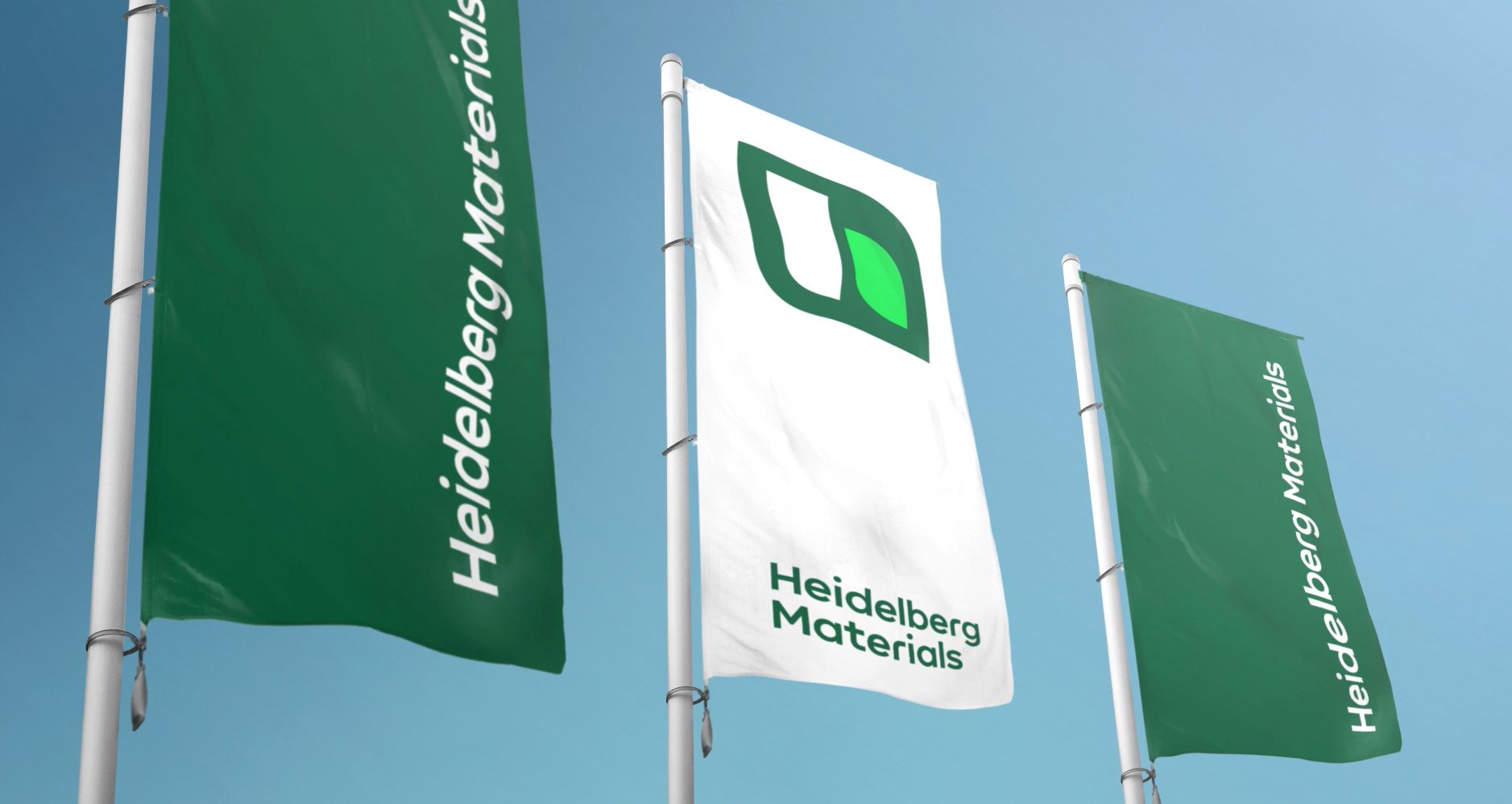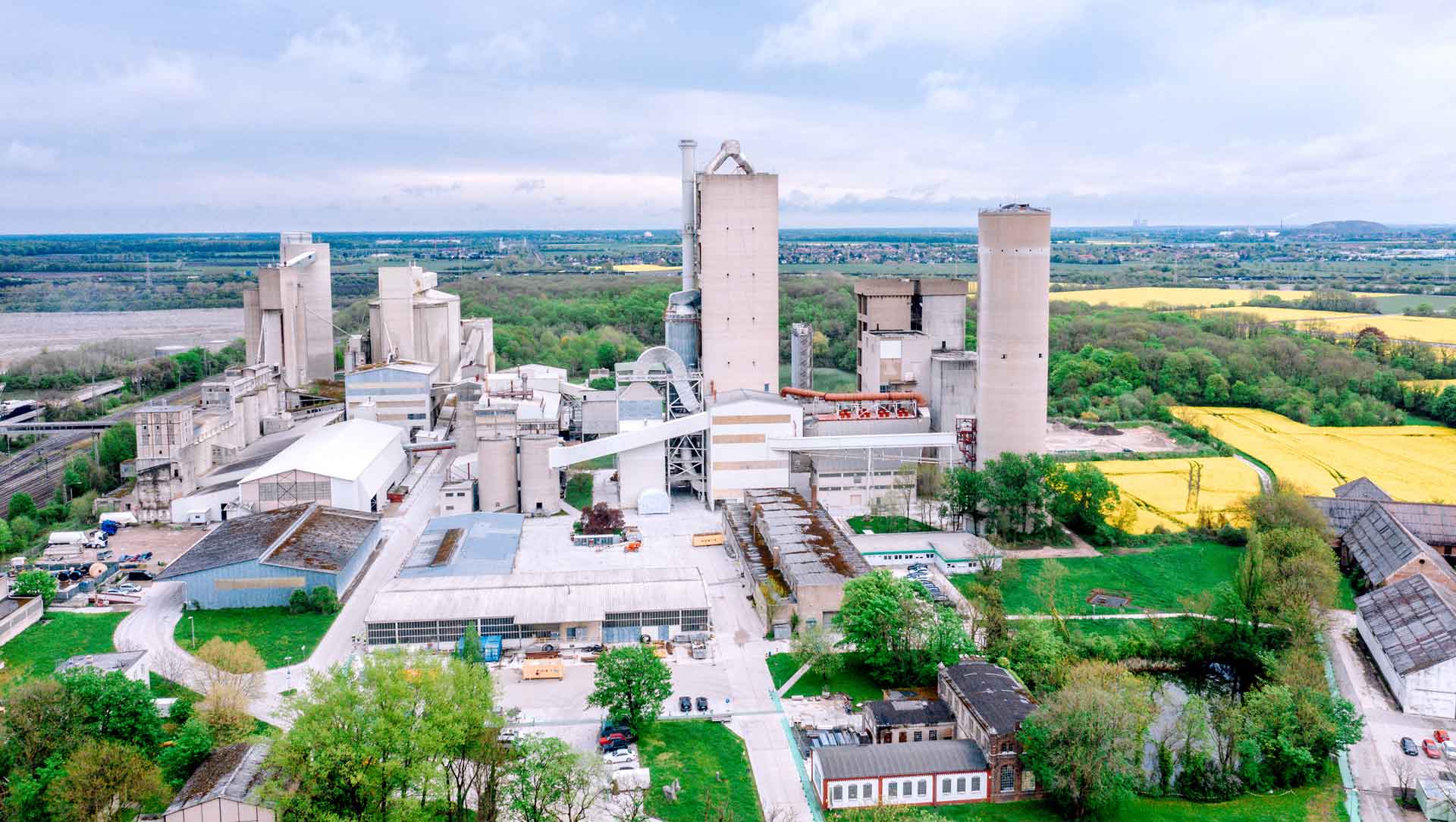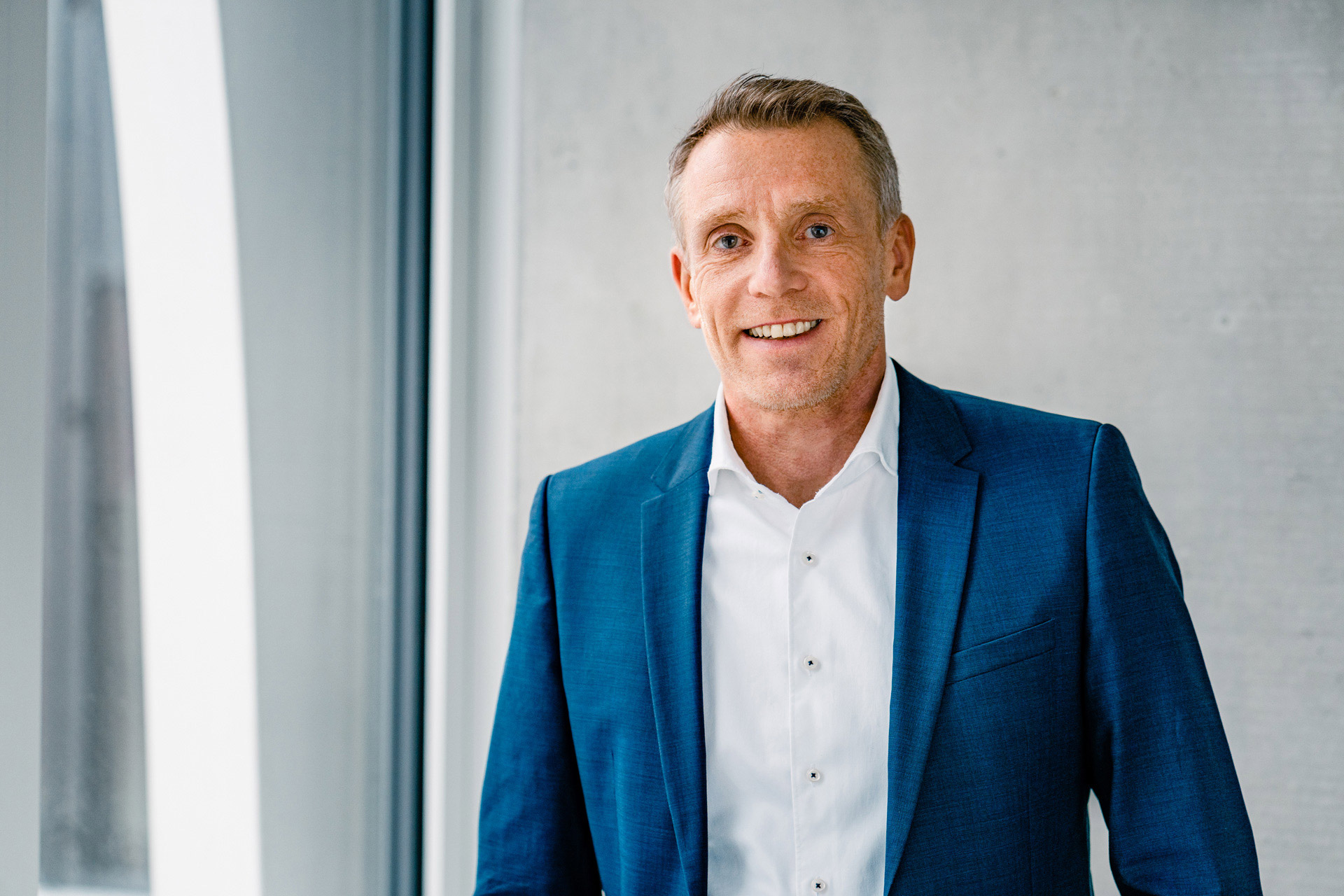Green light for LEILAC 2 carbon capture project at HeidelbergCement’s plant in Hanover, Germany
The facility is expected to go into operation in 2025 and aims to show that 20% of the CO₂ process emissions of the cement plant can be captured.
The potential capture capacity is designed for 20% of the total CO₂ emissions, which would correspond to around 100,000 tonnes of CO₂ annually.
To minimise the use of fossil energy for carbon capture, the project will also test the use of alternative fuels and electrical energy.
The LEILAC 2 (Low Emissions Intensity Lime And Cement) carbon capture project has successfully passed its Financial Investment Decision milestone, confirming that the project can now enter the implementation phase. Together with the Australian technology company Calix and a European consortium, HeidelbergCement will proceed to build a demonstration facility integrated into HeidelbergCement’s plant in Hanover, Germany. The installation will be designed to reduce 20 % of the CO₂ emissions of the cement plant’s CO₂ emissions, corresponding to around 100,000 tonnes of CO₂ per year .
With the patented LEILAC technology, the CO₂ released during cement production can be captured in a highly pure form via a separate waste gas stream and used in other processes. As minimal additional energy is needed and no chemicals are required, this happens in an especially cost-efficient way. The technology can also be retrofitted in a modular form at any scale and use any fuel or energy source, including biomass, hydrogen, or electricity – providing a ‘future proof’ solution.
“LEILAC 2 is one of several carbon capture projects we are currently pursuing at HeidelbergCement,” says Dr. Dominik von Achten, Chairman of the Managing Board. “We are very pleased to advance this key technology at industrial scale at our plant in Hanover, Germany.
Once the technology has been successfully tested, we will be able to plan and install the technology for the actual permanent capture of CO₂ in a second step, taking into account the site conditions in Hanover and the quality requirements for the CO₂ for further use. The site is also optimally located to enable transport of the captured CO₂ for further use or offshore storage."
HeidelbergCement aims to achieve CO₂ reductions of up to 10 million tonnes by 2030 with several CCUS projects.
As part of the prior LEILAC 1 project, a CO₂ capture pilot installation with a capture capacity of 25,000 tonnes of CO₂ per year had been developed at HeidelbergCement's Lixhe plant in Belgium. With LEILAC 2, an installation around four times as large will be operated in Hanover. The project now enters the detailed design phase through 2022, followed by procurement and construction of the plant itself. Construction is expected in 2023, dependent on flag points over the coming months. The project scope for LEILAC 2 also includes a thorough analysis of the potential destination of the captured CO₂, either for utilisation purposes or for safe geological offshore storage.
Phil Hodgson, Calix MD and CEO and Chairman of the LEILAC Executive Board: “The start of the implementation phase marks a significant milestone and further demonstrates the momentum which is building around the LEILAC project. It is testament to the strong level of collaboration which has been cultivated between the consortium partners, who have all worked together to make significant progress on this breakthrough project.”
About LEILAC
The LEILAC consortium is led by the LEILAC Group (technology provider Calix), and comprises HeidelbergCement, CEMEX, Cimpor, IKN, Lhoist, Port of Rotterdam, BGR, RBINS-GSB, CERTH, POLIMI, LEAP, and Engie. It is supported by GCCA, GCCSI, CEMBUREAU, ECRA, University of Clausthal and EuLA. The project aims to apply and demonstrate a breakthrough technology that will enable Europe’s cement and lime industries to reduce their carbon footprint significantly.
For further information please visit www.leilac.com.
About HeidelbergCement


